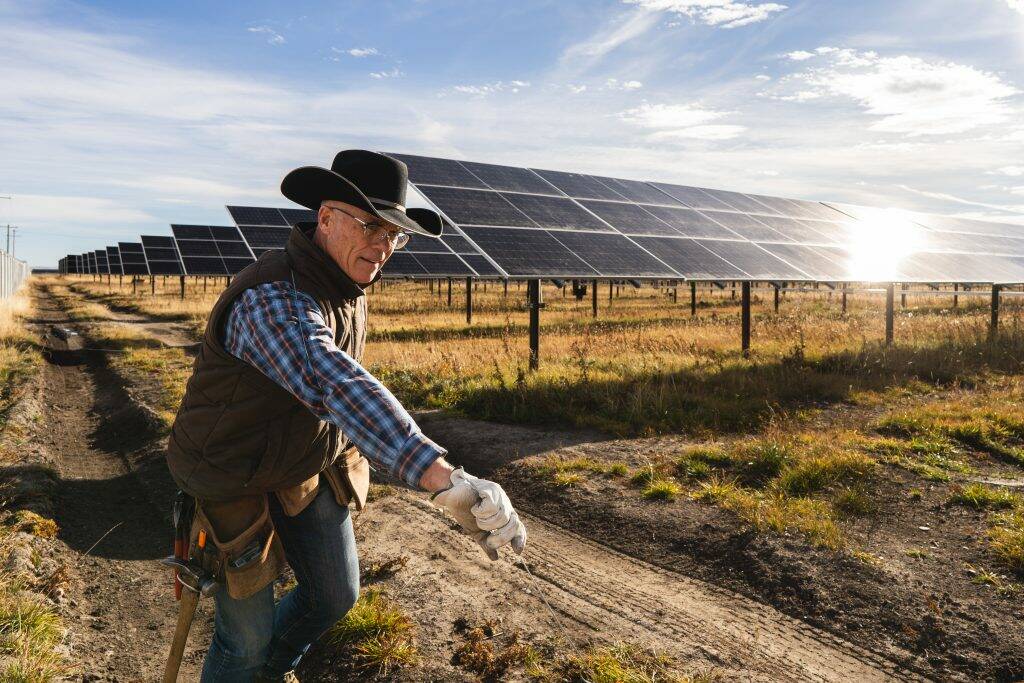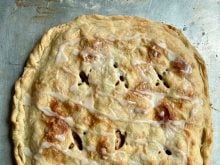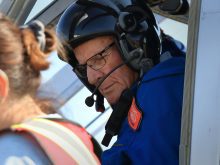DAYSLAND, Alta. Ñ Marie Miller never grumbles about the condition of the ice on which she curls.
Miller has spent thousands of hours trying to make the perfect sheet of curling ice and she knows how hard it is to make and maintain.
“I never have too many complaints about the other people’s ice,” said Miller of Killam, Alta., who grew up in a family of ice makers. All three of Miller’s brothers are ice makers. For 20 years Miller helped her brothers make ice in Camrose, Daysland and Strome. Three years ago, she took over the ice making at the Daysland Curling Club.
Read Also

Support needed at all levels for high-value solar projects
Farmers, rural municipalities and governments should welcome any opportunity to get involved in large-scale solar power installations, say agrivoltaics proponents.
Over the years Miller learned a few tricks about making good ice.
The secret is to use distilled water.
“It makes the ice harder and stands up better,” said Miller, who spends hours each day scraping, pebbling and cleaning the ice to make it perfect for the curlers.
Using distilled water makes a noticeable difference. With regular tap water, all the impurities and minerals in the water come to the surface, creating slow or heavy ice that looks more like ice cubes from the refrigerator than smooth, clear ice.
“The ice tends to get flat,” she said of sheets made from regular water, which forces curlers to adjust the weight they throw the rocks throughout the game.
With distilled water, the tiny pebbles sprinkled on the ice surface don’t break down, maintaining an even ice surface.
“We’ve got the best ice in North America,” said Ken Eshpeter, who curls on Miller-made ice each week in Daysland.
Another key to keeping the ice superior is scraping it every day even if there are no curlers scheduled to play. It creates a smooth, even surface, she said.
Miller’s concern for making good ice comes from her passion for curling. This year Miller joined a competitive curling league in Edmonton requiring almost two hours of driving for a game. With fewer teams in rural areas, most competitive curlers are forced to drive to the larger centres to play against other teams of their calibre.
Her career as an ice maker fits well with her skill as a competitive curler. When she’s not making ice she’s practising her game.
“One thing about being an ice maker is you can come and throw rocks every day,” said Miller.
“It works out perfect for me because I curl a lot.”














